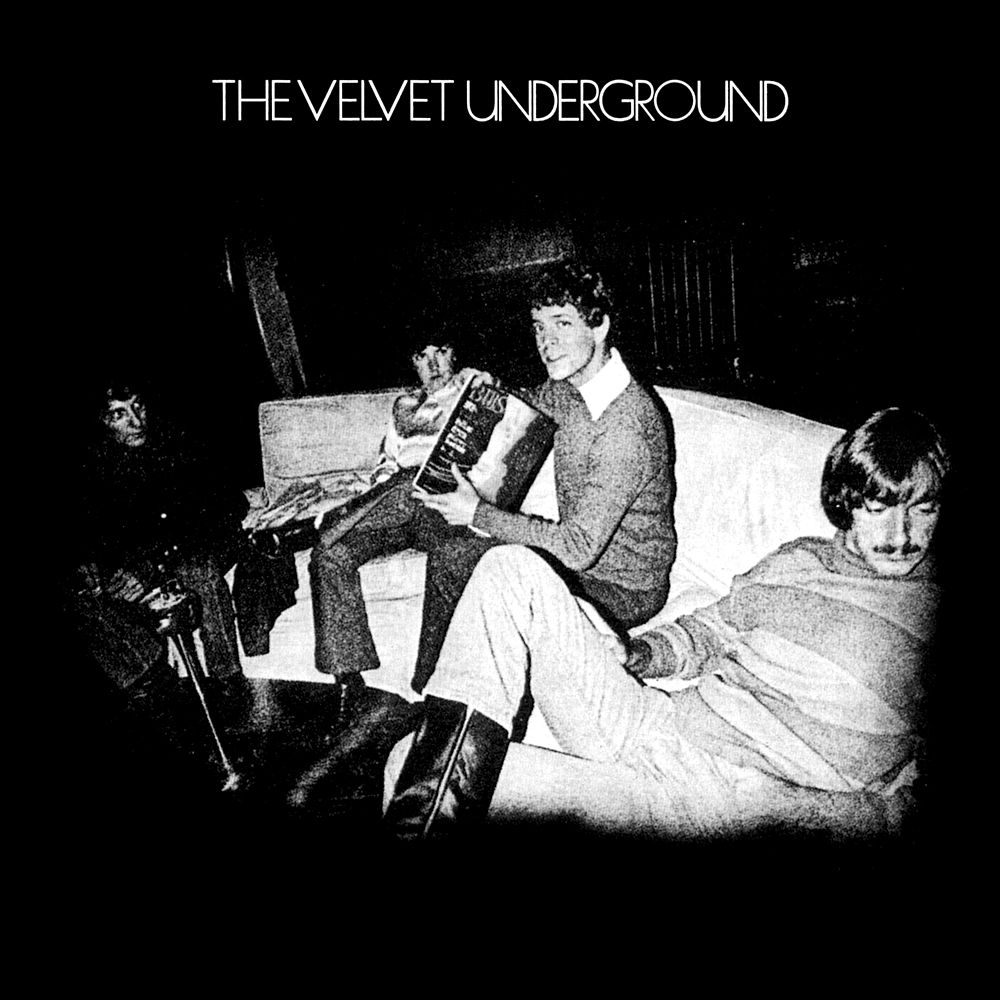 By this time, the Velvet Underground had upgraded their sound from their early drone-y noise making dark guitars and primitive drum pounds, to more subtle complexities in the arrangements and musical structures on their third album simply titled, “The Velvet Underground.”
By this time, the Velvet Underground had upgraded their sound from their early drone-y noise making dark guitars and primitive drum pounds, to more subtle complexities in the arrangements and musical structures on their third album simply titled, “The Velvet Underground.”
How did the Velvet Underground make it this far? With no hit on the radio, their music far overshadowed by their art ties in the New York underground scene, how did they make it all the way to a third album? With so many factors working against them, there was something there keeping the band alive, a band whose music had a serious and dark tone, lumped in to the competitive pop world that included goofy stuff like The Monkees or the satirical frat-rockers Paul Revere and the Raiders, they didn’t really fit in, but they stood their ground with a lot of style and attitude. They were the cool looking group in the corner of the room, all dressed in black, and no smiles.
But nonetheless, they did fantastically stumble through magically with their first two albums, “The Velvet Underground with Nico” and “White Light/White Heat.” With Nico way out of the picture and John Cale’s more recent departure, the band was now looking for a new musical avenue— the group had actually finally learned how to play their instruments.
The mellow feel of the bands self titled album was a new direction for the dark lords; the New York purveyors of ultimate cool were a stark contrast to the sunshine pop and ‘peace and love’ of West Cost in the sixties. Leader, singer and chief songwriter Lou Reed didn’t want to make another repeat of their previous two albums, it was time for the world to see a different side of the band— a new found calmness that came along with new member, Cale’s replacement Doug Yule (bass/organ) of Boston, MA group the Grass Menagerie. The group’s sound on this album had a more tuneful approach, moving further away from their abrasive experimental early beginnings; the garage days were over for the band.

Recorded in 1968, the album didn’t see release until 1969. With Cale’s departure, the band’s avant-garde side was diminished and now Reeds ideas were taking the lead. Aside from the experimental track “The Murder Mystery,” the rest of the LP is packed with more structure: the pretty and bluesy “Pale Blue Eyes” with the exceptional vocals of Reed, the speedier “What Goes On” steps into mild psychedelia grooving but never steers to far off in space, the mid-tempo “I’m Beginning to See The Light” helps balance the album from too many slow ones, to the ascending beauty of “I’m Set Free.”
Although the album didn’t even make the Billboard top 200 chart (but neither did Big Star’s “#1 Record”) the Velvets remain as one of the greatest bands to ever make beautiful noise, challenging the norms of pop music and injecting a syringe full of attitude into the veins of pop culture. Managing to make it on to Rolling Stones top 500 of all time and at #21 in a similar list in NME, its true influence is undeniable. Bands of the 80’s Echo and the Bunnymen, Jesus and Mary Chain, Spacemen 3 and Psychedelic Furs, as well as newer acts The Black Angels, Davila 666 and The Warlocks all owe a heavy debt to the Velvet Underground for taking elements of their look and sound and incorporating, if not straight ripping off the damn coolest band in the world.
TEXT: DANIEL SALAS

